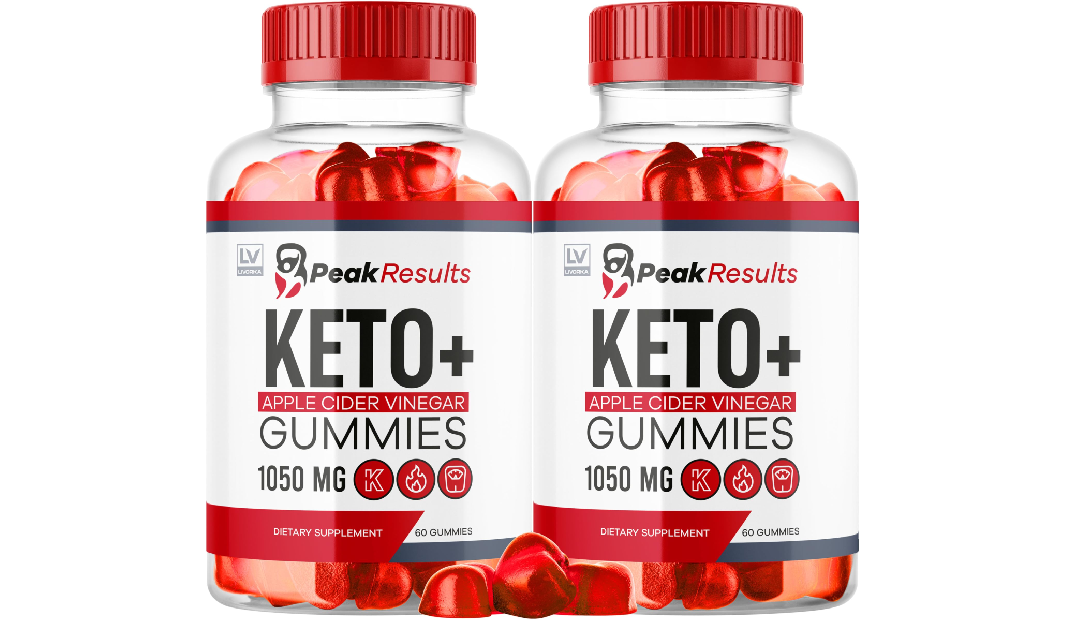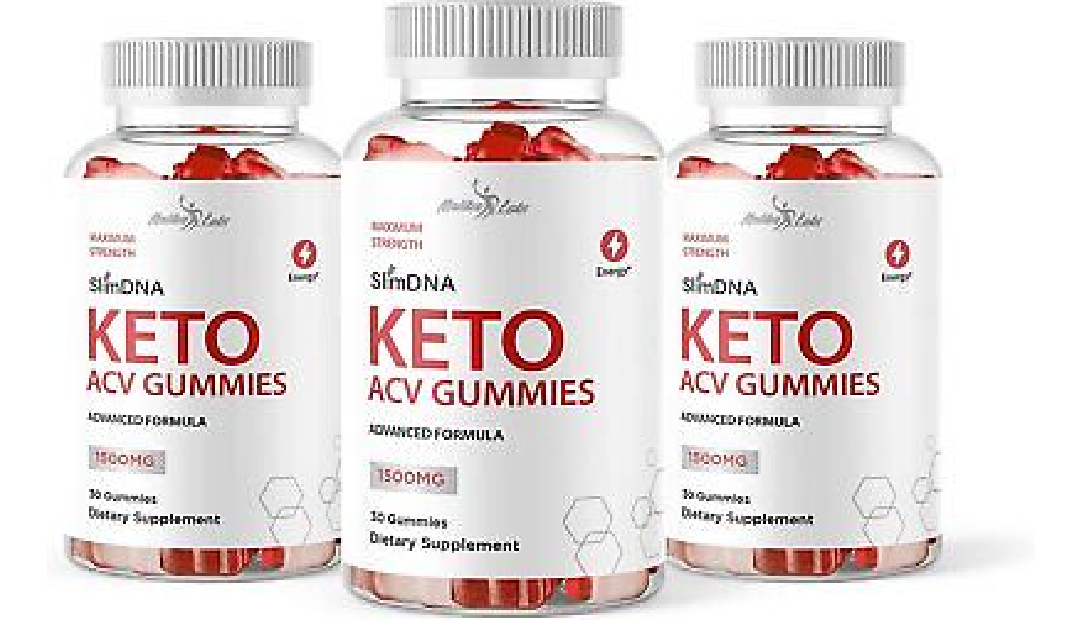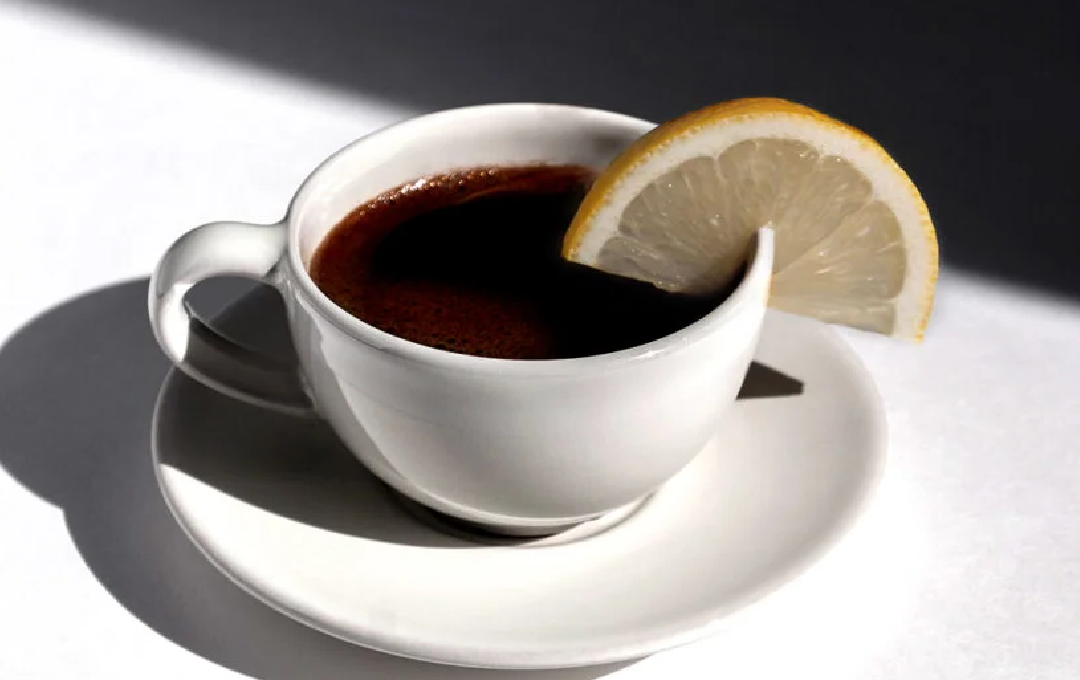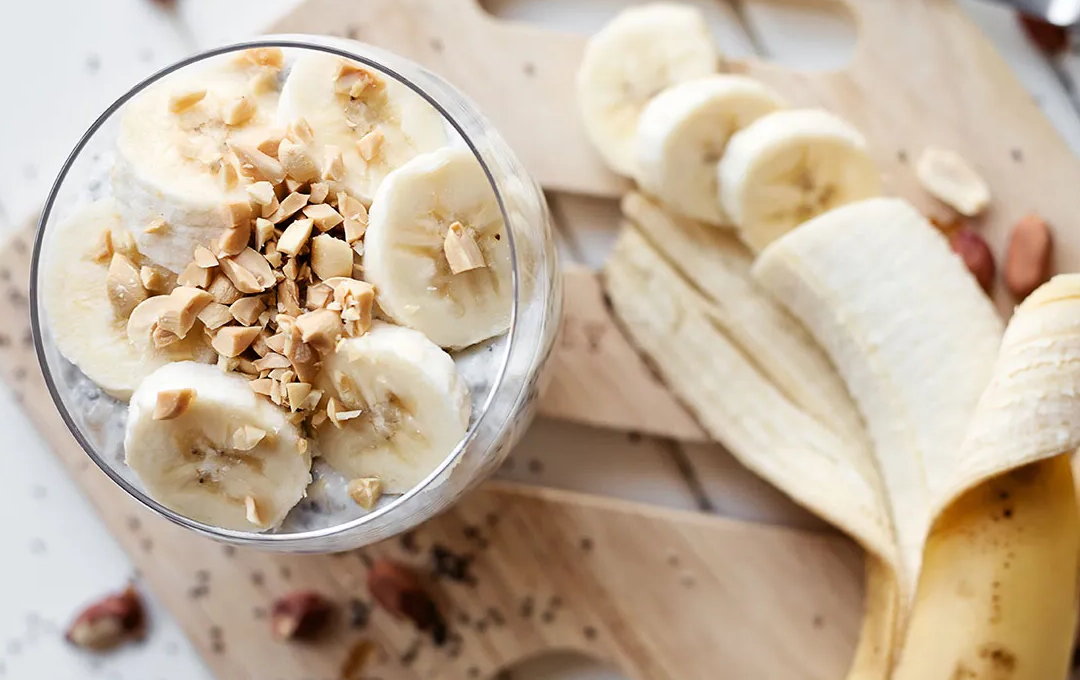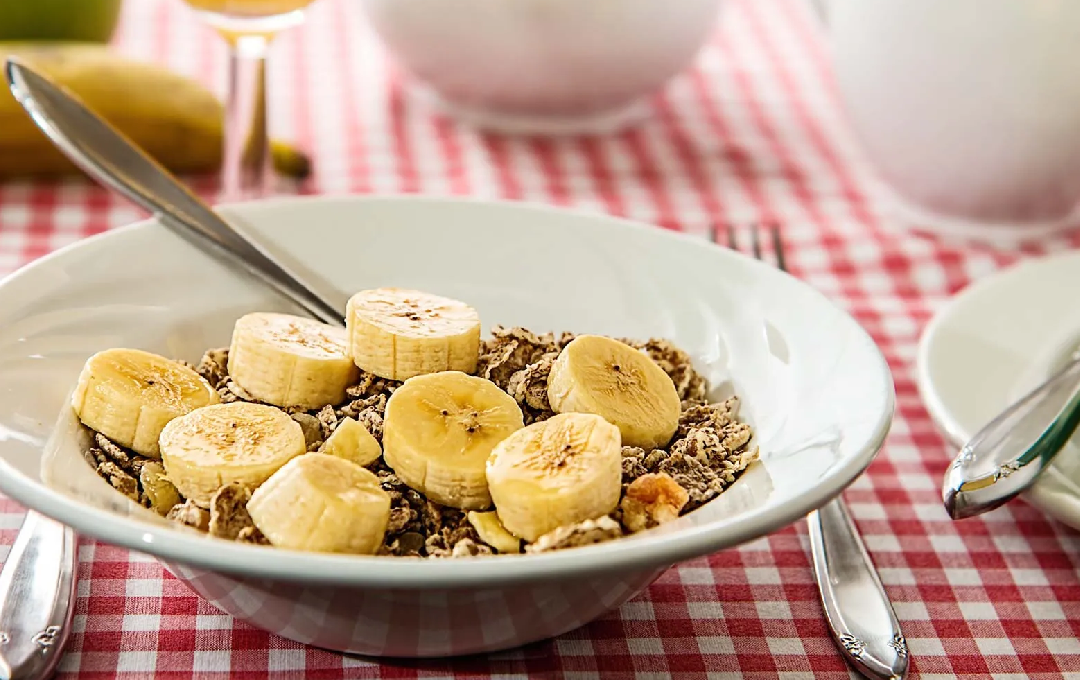Jazz Jennings, known for her role as an advocate for transgender rights and as a television personality, has faced a variety of personal and public struggles throughout her life. Among the many challenges, weight loss has been one of her most publicly discussed topics. Jazz’s journey toward weight loss success has inspired many, not just for the visible results but for the inner strength and perseverance she displayed throughout the process.
Her weight loss transformation is deeply inspiring because it reflects a broader struggle for self-acceptance and empowerment. As someone who has navigated not only the pressures of being in the public eye but also the emotional difficulties that come with body image issues, Jazz’s journey has resonated with people of all backgrounds. Through diet changes, exercise, and, most importantly, a shift in her mental approach to weight loss, she has emerged as an example of resilience.
Jazz’s transformation highlights the critical role that mental and physical resilience play in achieving weight loss goals. Her success wasn’t simply about changing what she ate or how much she exercised. It was about changing her mindset—embracing the process, learning to face challenges head-on, and building the inner fortitude to stay on track despite setbacks. This holistic approach to weight loss—encompassing both mental health and physical fitness—is what sets Jazz’s story apart, making it one that is both relatable and motivating.
In this article, we’ll explore the struggles Jazz faced, the strategies she used to overcome them, and the lessons that can be drawn from her journey, showing that weight loss is not just about numbers on a scale but about a profound transformation of the body and mind.

The Struggles: Jazz Jennings’ Challenges with Weight Loss
Jazz Jennings’ journey to weight loss was not without its share of struggles. Like many individuals, she faced significant challenges related to both physical health and mental well-being. From an early age, Jazz experienced the pressures of being in the spotlight, which only compounded her personal battles with body image and self-esteem. The emotional weight of societal expectations and the scrutiny that comes with fame can be overwhelming, particularly for someone already navigating the complexities of being a transgender woman.
Early Challenges with Weight and Body Image
As a teenager, Jazz’s body underwent significant changes due to puberty and the pressures of hormone therapy, which she had started as part of her gender transition. Along with these changes, she faced the reality of gaining weight—a struggle that is common for many individuals. However, for Jazz, the battle was twofold: managing her weight while also confronting societal judgments on her appearance. This combination of internal and external pressures created a unique set of challenges.
In her youth, Jazz was often criticized for her weight, with some fans and media outlets openly commenting on her appearance. These harsh remarks had a profound effect on Jazz’s mental health, leading to emotional eating and a complicated relationship with food. As Jazz openly discussed in interviews, this negative feedback contributed to her feelings of self-doubt and discomfort, particularly when it came to her body.
Factors Influencing Her Weight Struggles: Medical and Emotional Aspects
Jazz’s weight issues weren’t just physical—they were also influenced by emotional and medical factors. The emotional toll of body image issues was exacerbated by her gender dysphoria and the challenges associated with transitioning. Hormonal therapy often leads to changes in metabolism, which can affect weight gain and distribution. This made it even more difficult for Jazz to maintain the body weight she desired, even when trying different weight management strategies.
Jazz also faced medical challenges such as insulin resistance, which made losing weight more difficult. Insulin resistance is a condition where the body’s cells don’t respond effectively to insulin, making it harder for the body to break down fat. These medical issues, in combination with her emotional struggles, created a complex situation where losing weight felt like an uphill battle.
Navigating Mental Health and Physical Challenges
In addition to the physical hurdles, Jazz had to confront the mental health aspects of weight loss. She spoke candidly about the role that depression, anxiety, and emotional eating played in her relationship with food. It was not just about what she ate, but about how she felt about herself that often dictated her choices. At times, Jazz turned to food for comfort during difficult emotional periods, which further compounded the cycle of weight gain and self-criticism.
Her battle with emotional eating was a pivotal moment in her transformation. Jazz had to confront her mindset—understanding that she needed to take a more holistic approach to weight loss, addressing not only her physical needs but also her mental health. Therapy, mindfulness, and learning to cope with stress and emotions without resorting to food were crucial steps in her healing process.
Jazz’s story reveals that weight loss isn’t just a physical process—it’s an emotional and mental journey as well. The struggles she faced, both with her weight and her mental health, are real and relatable for many people. Yet, what makes Jazz’s story so inspiring is that she didn’t let these struggles define her. She found ways to navigate these challenges, setting the stage for the transformation that would come later.
Jazz Jennings’ Approach: What She Did to Achieve Weight Loss
Jazz Jennings’ approach to weight loss wasn’t about following a single, quick-fix diet or intense fitness regimen. Rather, her transformation came from making sustainable lifestyle changes that prioritized both her physical and mental health. These changes were key in helping Jazz overcome her earlier struggles and achieve a healthy balance. Let’s explore the specific actions she took that contributed to her success.
Specific Lifestyle and Diet Changes Jazz Made
One of the first steps Jazz took in her weight loss journey was to address her eating habits. Having previously struggled with emotional eating, Jazz needed to break free from the cycle of comfort eating that often hindered her progress. She adopted a more mindful approach to food, learning to listen to her body and eat in ways that supported her overall health, rather than simply feeding emotional cravings.
Jazz focused on a well-balanced diet that included whole foods, such as lean proteins, fruits, vegetables, and healthy fats. She also worked closely with a nutritionist to ensure that her meals were nutritious and aligned with her specific health needs. One major dietary change she made was cutting out processed foods and limiting her intake of refined sugars, which helped stabilize her blood sugar levels and prevent energy crashes.
In addition to food choices, Jazz also prioritized portion control, which allowed her to enjoy the foods she loved while maintaining balance. This shift towards a more controlled and nutrient-dense diet was key to her weight loss success, as it enabled her to fuel her body in the right way while also making gradual, long-term progress.
The Role of Professional Guidance in Her Weight Loss Journey
Throughout her weight loss transformation, Jazz received guidance from various professionals, including nutritionists and personal trainers. Having expert advice was essential in helping her develop a personalized plan that suited her body’s unique needs. Nutritionists helped Jazz navigate the complexities of her hormone therapy and its impact on metabolism, ensuring that she followed a plan that supported her physical health.
A personal trainer also played a significant role in Jazz’s transformation. Jazz worked with a fitness expert to design an exercise routine that fit her abilities and gradually increased in intensity as her strength and stamina improved. These customized workouts included a combination of strength training, cardio, and flexibility exercises, which helped Jazz build lean muscle, improve her metabolism, and increase fat burning.
Jazz also received emotional support from her therapist, who helped her address the psychological factors that influenced her eating habits and weight. This combination of physical and mental guidance was essential to her success, as it ensured that her journey was holistic and sustainable.
Key Strategies Jazz Followed for Sustainable Weight Loss
One of the most important strategies Jazz followed was consistency. Rather than focusing on rapid results or quick fixes, she embraced a slower, more sustainable approach to weight loss. Jazz committed to making long-term changes rather than relying on temporary diets. This mindset shift allowed her to maintain her progress over time, which is key to achieving lasting results.
Additionally, Jazz focused on self-compassion throughout her journey. She recognized that weight loss is not a linear process and that setbacks were a natural part of the process. This helped her avoid feeling discouraged when things didn’t go as planned and allowed her to stay focused on her goals.
Another key strategy was hydration. Jazz made sure to drink plenty of water throughout the day, which helped with digestion, energy levels, and appetite control. Staying properly hydrated not only supported her physical health but also helped her stay more mindful of her food choices.
Lastly, Jazz incorporated regular exercise into her daily routine, understanding that physical activity is vital for maintaining weight loss and boosting overall well-being. Her workout regimen, although adaptable to her progress, always included a mix of cardio for fat burning and strength training to build muscle and increase her metabolic rate.
By adopting a balanced, sustainable approach that included dietary changes, professional guidance, and consistent exercise, Jazz was able to make lasting improvements to her health and appearance. Her weight loss transformation wasn’t about drastic changes but about making healthier choices and developing a mindset that prioritized long-term wellness over short-term results.
The Role of Mental Health and Support in Jazz Jennings’ Transformation
A major aspect of Jazz Jennings’ weight loss transformation was the crucial role that mental health and emotional support played throughout the process. Jazz’s journey highlights that physical health cannot be fully achieved without first addressing mental and emotional well-being. Weight loss isn’t just about diet and exercise; it also involves tackling the emotional factors that can influence our relationship with food, body image, and overall self-worth.
Importance of Mental Health in Achieving Weight Loss Goals
For Jazz, the relationship between mental health and weight loss was deeply intertwined. As someone who had struggled with depression, anxiety, and emotional eating, Jazz realized that her mindset needed to change in order to achieve lasting results. She openly shared in interviews and on social media how she worked on building a healthier mental relationship with herself, which included confronting feelings of guilt and shame surrounding food and body image.
According to experts, emotional and mental well-being is vital when pursuing weight loss goals. Dr. Susan Albers, a psychologist who specializes in mindful eating, notes that emotional eating is a common hurdle for many individuals trying to lose weight. “The emotional connection we have to food often leads us to eat for reasons other than hunger,” Dr. Albers explains. “Changing the way we think about food and addressing the underlying emotional issues can be key to breaking free from this cycle.”
Jazz’s mental transformation included engaging in therapy, which allowed her to process her emotions and develop healthy coping mechanisms for stress, sadness, or anxiety. She also practiced mindfulness techniques to reduce emotional triggers that led to overeating. This mental health work helped her recognize that weight loss wasn’t just a physical transformation but an emotional one as well.
How Jazz’s Personal Support System Played a Role in Her Success
In addition to professional guidance, Jazz’s personal support system was essential to her weight loss journey. Her family, particularly her parents, were instrumental in helping her stay on track with her goals. Jazz’s mom, Jeanette Jennings, has been very vocal about her role in Jazz’s life, offering emotional support and encouragement during difficult times. The unconditional love and understanding from her family created a safe space for Jazz to discuss her struggles without fear of judgment.
Jazz’s relationship with her fans also contributed to her mental health journey. As a reality TV star, she built a community of followers who offered encouragement and positivity. The support from her fans helped Jazz stay motivated and feel connected to a larger group of people who were rooting for her success. The sense of community and accountability played a significant role in helping her stay focused on her goals.
Overcoming Emotional Eating and Building a Positive Relationship with Food
One of the most significant hurdles for Jazz was overcoming emotional eating—using food as a way to cope with negative emotions, stress, or anxiety. Jazz admits that in the past, food had been a comfort during difficult moments, particularly when she felt overwhelmed by her body image issues or the pressure of public scrutiny.
However, through therapy and self-reflection, Jazz began to shift her perspective. She learned to build a healthier relationship with food by focusing on nourishment rather than emotional relief. Jazz embraced mindful eating practices, where she learned to eat slowly, enjoy the flavors of her meals, and listen to her body’s cues for hunger and fullness.
By acknowledging her emotional triggers and addressing them head-on, Jazz was able to reduce emotional eating and embrace healthier coping mechanisms, such as engaging in physical activity, journaling, or seeking support from friends and family when she felt emotionally challenged.
This shift towards healthier habits helped Jazz break free from the cycle of emotional eating and stay more consistent in her efforts to lose weight. It also helped her cultivate a positive relationship with food, one that isn’t tied to shame, guilt, or fear, but rather focused on nourishment, balance, and well-being.
The Power of Emotional Resilience in Achieving Lasting Weight Loss
Jazz’s weight loss journey wasn’t just about shedding pounds—it was about developing the emotional resilience to overcome the internal barriers that prevented her from achieving her goals. This emotional transformation is something that many people who embark on a weight loss journey can relate to. Weight loss is often hindered by mental blocks such as fear of failure, low self-esteem, or self-doubt. Jazz overcame these challenges by surrounding herself with a strong support system, seeking professional help when needed, and maintaining a mindset that focused on self-love and self-compassion.
Jazz’s story is a powerful reminder that mental health is just as important as physical health when it comes to weight loss. The two go hand in hand, and addressing both can lead to lasting, sustainable changes that go beyond the numbers on a scale. By learning to love herself, setting healthy boundaries, and tackling emotional eating, Jazz was able to transform not just her body, but her mindset, making her journey all the more inspiring.

Results: The Impact of Jazz Jennings’ Weight Loss on Her Life
Jazz Jennings’ weight loss transformation has not only been a visible change in her physique but also a profound shift in her overall well-being. The positive effects of her journey have extended far beyond the scale, influencing her confidence, her career, and her approach to life. Through determination, resilience, and support, Jazz has become an inspiring figure for those seeking to make positive changes in their own lives.
Visible Physical Changes and Improvement in Health
One of the most noticeable aspects of Jazz Jennings’ transformation has been the visible changes in her body. While Jazz has never focused on achieving a specific number on the scale, her commitment to adopting a healthier lifestyle has resulted in a significant improvement in her physical health. By embracing a balanced diet, consistent exercise routine, and emotional well-being strategies, Jazz has successfully lost weight while also improving her overall fitness.
Her transformation has included not only weight loss but also a reduction in health risks associated with obesity, such as high blood pressure, diabetes, and joint pain. Her doctor has reported improvements in her cholesterol levels and blood sugar control, thanks to the healthier lifestyle choices she adopted. These physical changes are a testament to Jazz’s hard work and dedication, showing how sustainable weight loss can lead to long-term health benefits.
How Her Weight Loss Journey Affected Her Confidence and Career
Beyond the physical changes, Jazz’s weight loss journey has had a profound impact on her confidence. In the past, Jazz has been open about the challenges she faced with body image and self-esteem. As a public figure, she often felt the weight of public scrutiny, particularly about her appearance. However, as she progressed in her weight loss journey, Jazz has expressed how much more confident and empowered she feels in her own skin.
This boost in confidence has translated to other aspects of her life, including her career. Jazz has continued to break barriers as a transgender woman in the public eye, and her weight loss transformation has only furthered her message of self-empowerment and self-love. She has spoken about how important it is to feel comfortable in your own body, regardless of the opinions of others, and how her personal transformation has given her the strength to continue advocating for the transgender community.
In her public appearances and on her reality show, I Am Jazz, Jazz has become a role model for those facing their own struggles with body image and weight loss. Her success has inspired countless individuals to embrace their personal transformation journeys, reminding them that self-love and perseverance are key to reaching their goals. Her journey is not just about weight loss, but about learning to love and accept herself at every stage.
Inspirational Takeaways for Others on a Similar Weight Loss Path
Jazz Jennings’ weight loss journey offers several key lessons for those on a similar path:
- Embrace Consistency Over Perfection: Jazz’s transformation wasn’t about achieving instant results. It was about consistency, making gradual changes, and committing to a healthy lifestyle over time. As experts often suggest, sustainable weight loss happens when you focus on long-term habits rather than short-term fixes.
- Focus on Mental Health: Jazz’s success wasn’t just about diet and exercise—it was also about focusing on mental health. Addressing emotional eating, seeking therapy, and cultivating self-compassion are crucial for overcoming the mental barriers that can hinder weight loss. Jazz’s story is a reminder that mental health and physical health must go hand in hand.
- Surround Yourself with Support: One of the keys to Jazz’s success was her support system, including her family, fans, and professionals who helped her along the way. Whether it’s a personal trainer, nutritionist, or a supportive friend, having people around you who encourage you can make all the difference.
- Believe in Yourself: Jazz’s journey is an inspiring example of how believing in yourself, even when faced with obstacles, is crucial. She overcame both physical and emotional challenges to reach her weight loss goals, proving that perseverance is essential to success.
Jazz’s Legacy: More Than Just Weight Loss
Jazz Jennings’ weight loss transformation is a powerful story of growth, determination, and self-love. Her journey shows that weight loss isn’t just about changing your appearance; it’s about making positive changes to improve health, increase self-confidence, and live authentically. Through her physical and mental transformation, Jazz has become an inspiration to anyone who has faced obstacles on their own path to health and wellness.
Her story is a reminder that anyone can achieve success with the right combination of support, commitment, and mental resilience. Jazz continues to show that it’s never too late to start a transformation—whether that’s physical, emotional, or both.
Conclusion: Lessons from Jazz Jennings’ Weight Loss Transformation
Jazz Jennings’ weight loss transformation is much more than a story of shedding pounds—it’s an inspiring journey of self-discovery, resilience, and empowerment. From facing significant body image challenges to embracing a healthier lifestyle, Jazz’s transformation shows how the pursuit of better health is intertwined with mental and emotional well-being. Her journey proves that lasting change happens when individuals prioritize their mental health as much as their physical health, and when they surround themselves with supportive communities that help them stay focused and motivated.
Jazz’s transformation also reinforces the importance of self-love and patience throughout the weight loss process. As she has shared through her journey, there will be setbacks, challenges, and moments of doubt, but perseverance and commitment can lead to profound positive changes. For those on a similar journey, Jazz’s story is a reminder that the path to weight loss—like any meaningful transformation—is not a linear one. It requires time, emotional resilience, and the courage to embrace one’s true self.
Encouragement and Actionable Advice for Others Pursuing Weight Loss Goals
For anyone seeking to make lasting changes to their health and well-being, Jazz’s experience offers valuable lessons:
- Start with self-compassion: Treat yourself with kindness, even during difficult moments, and avoid harsh self-judgment. Real change begins when you embrace yourself fully.
- Focus on gradual, sustainable changes: Quick fixes or extreme diets rarely lead to lasting results. Incorporating small, positive habits over time can create a lifestyle that supports long-term health.
- Seek support and guidance: Surround yourself with people who encourage you and seek professional advice when necessary, whether it’s from a nutritionist, personal trainer, or therapist.
Jazz Jennings’ weight loss journey is an uplifting example of what is possible when mental health, physical health, and emotional support align. Her story reminds us that transformation comes not only from what you do but from how you view yourself throughout the process. With perseverance, a focus on self-love, and the right mindset, anyone can achieve their weight loss goals—just as Jazz has done.

